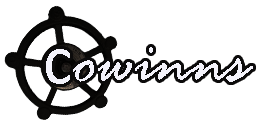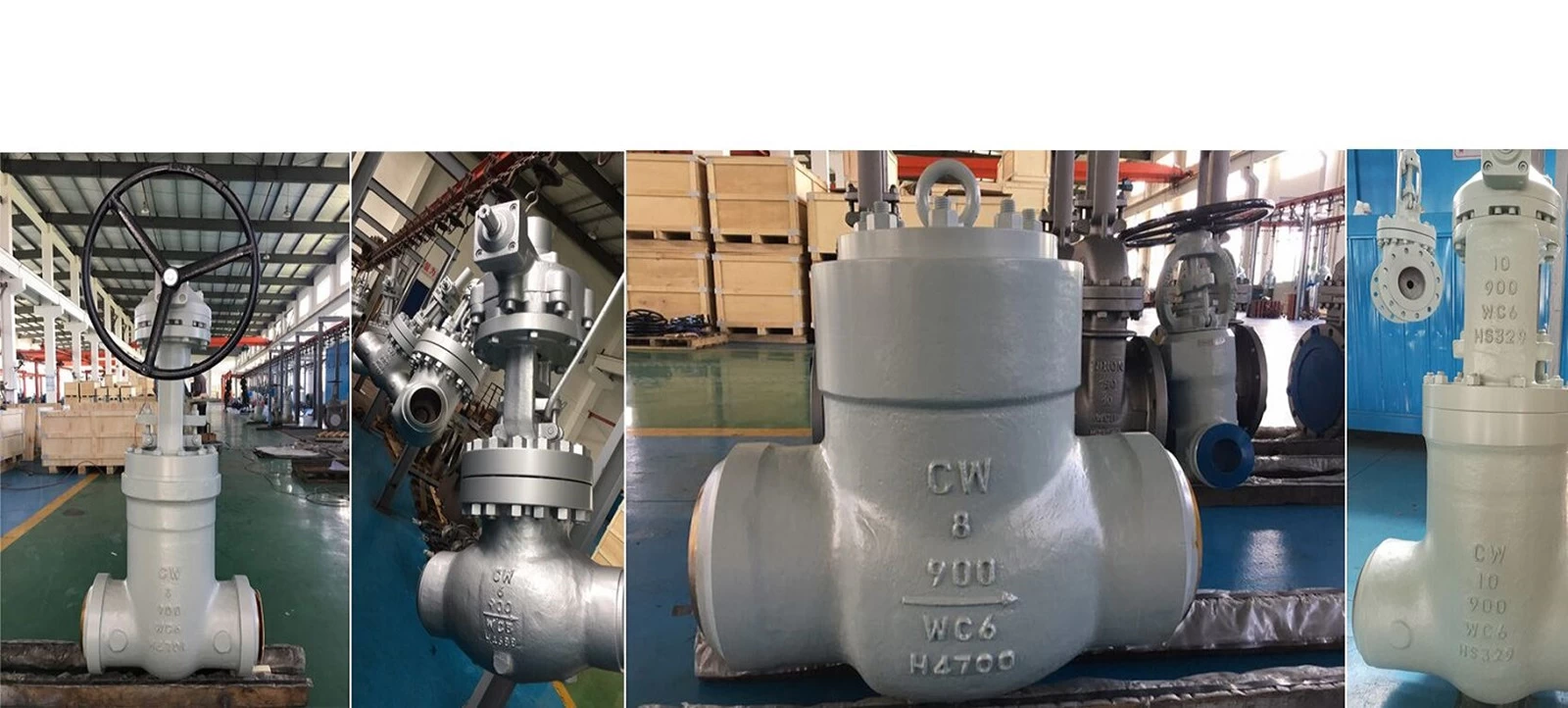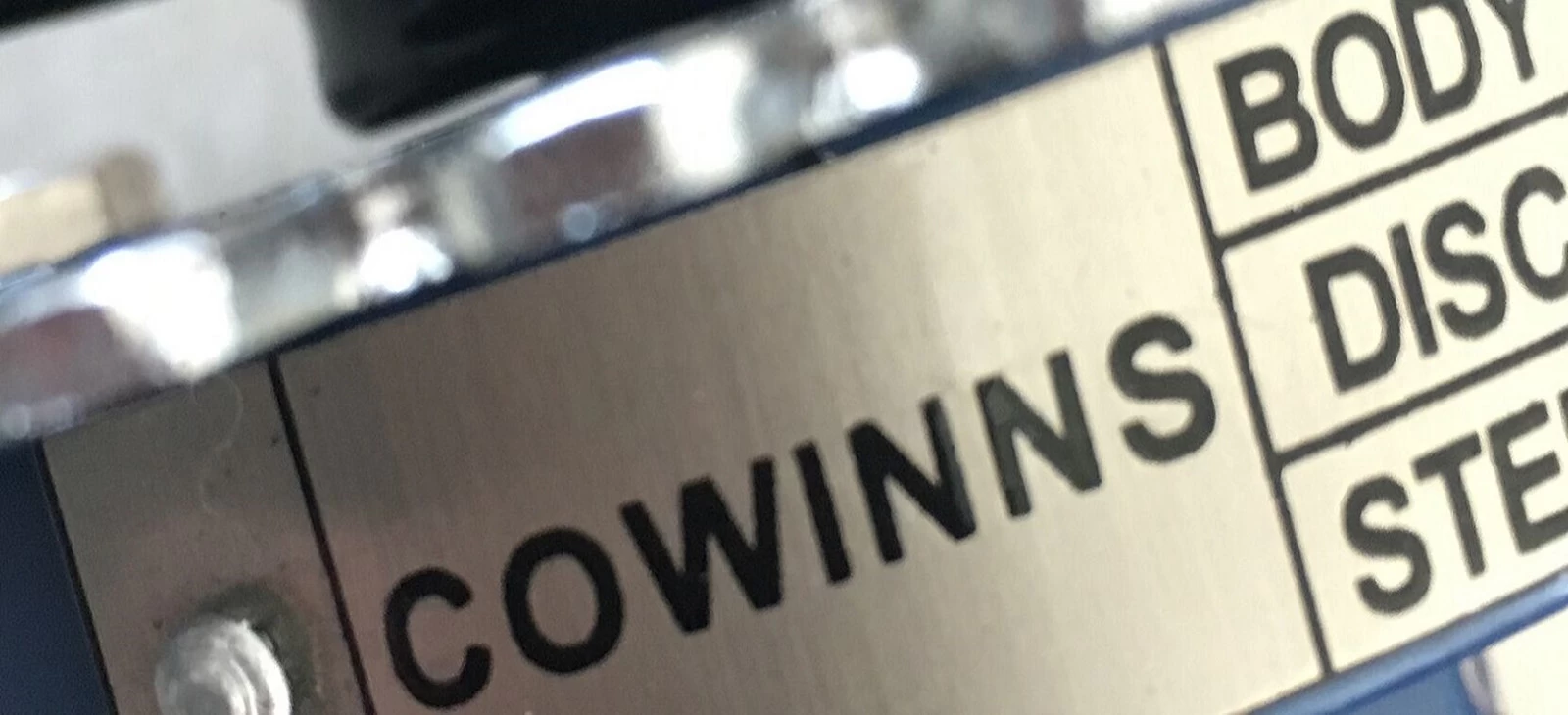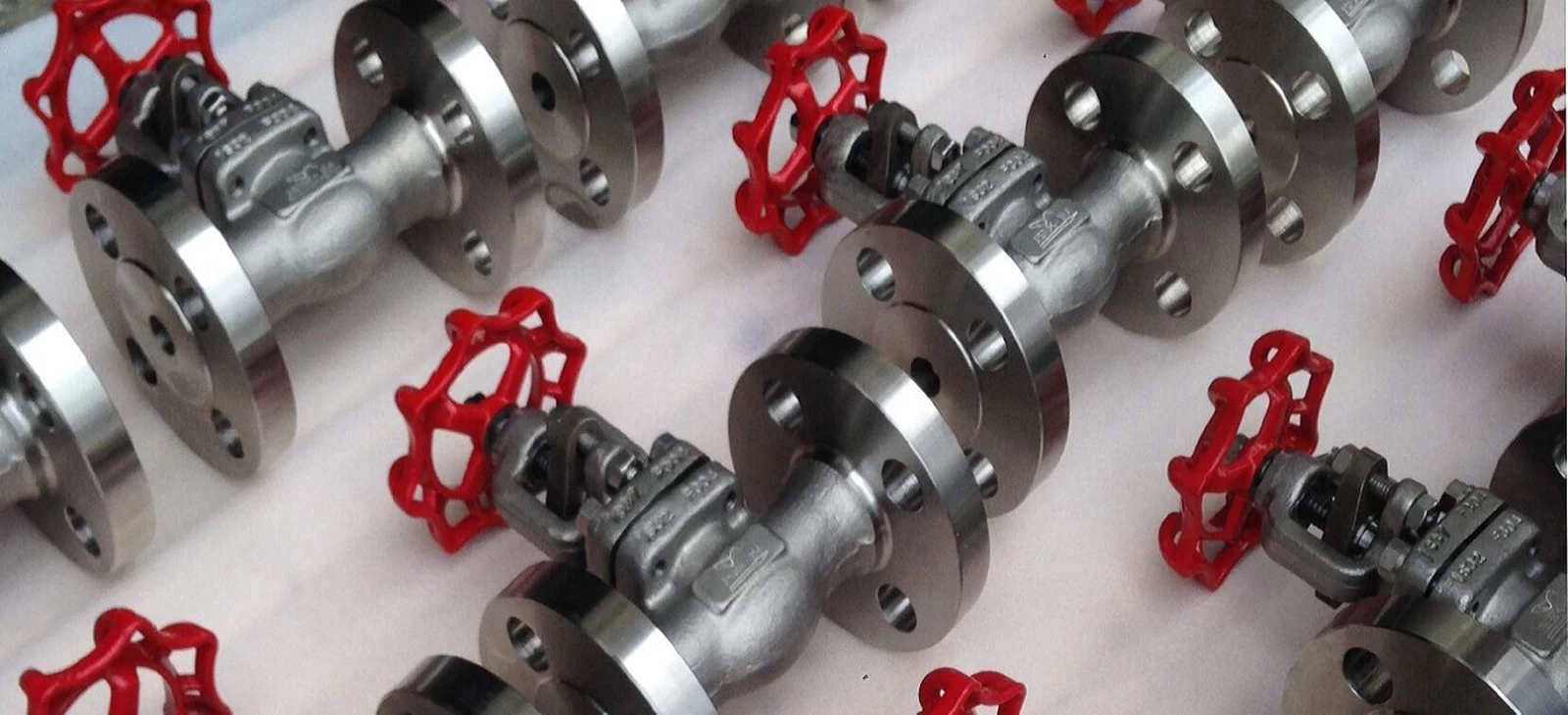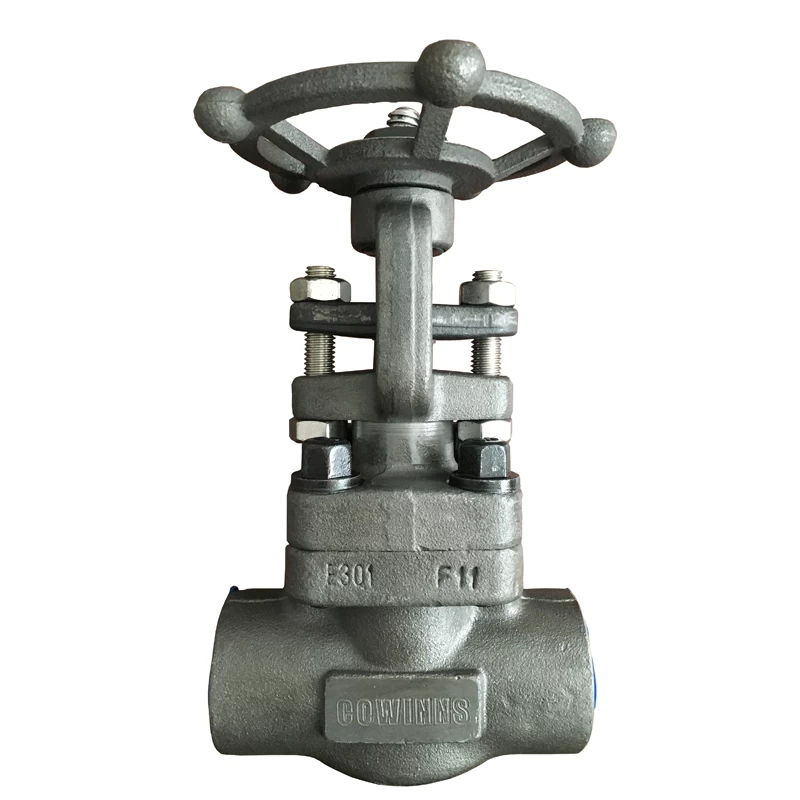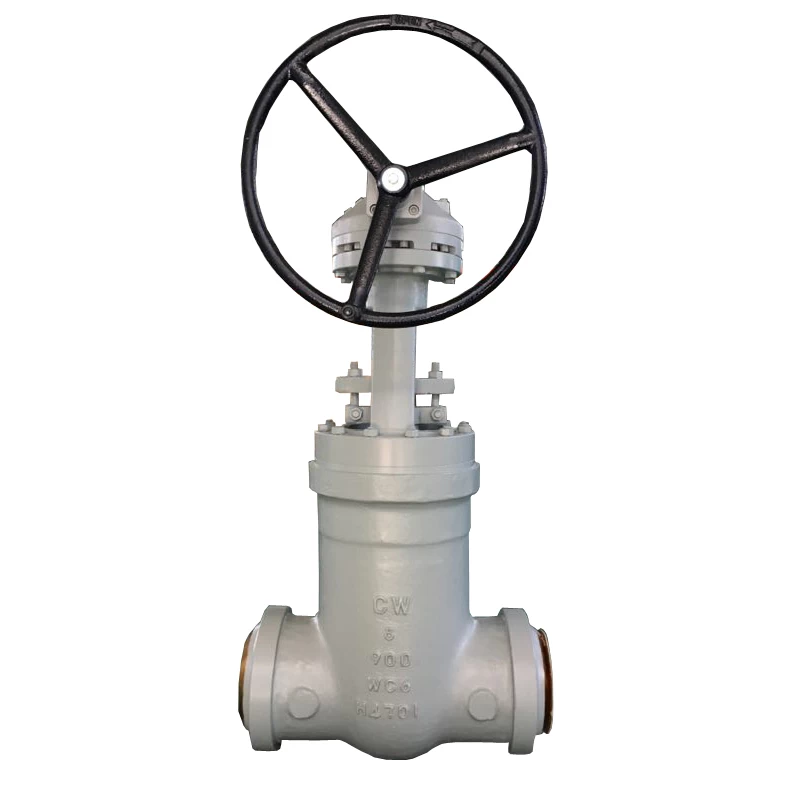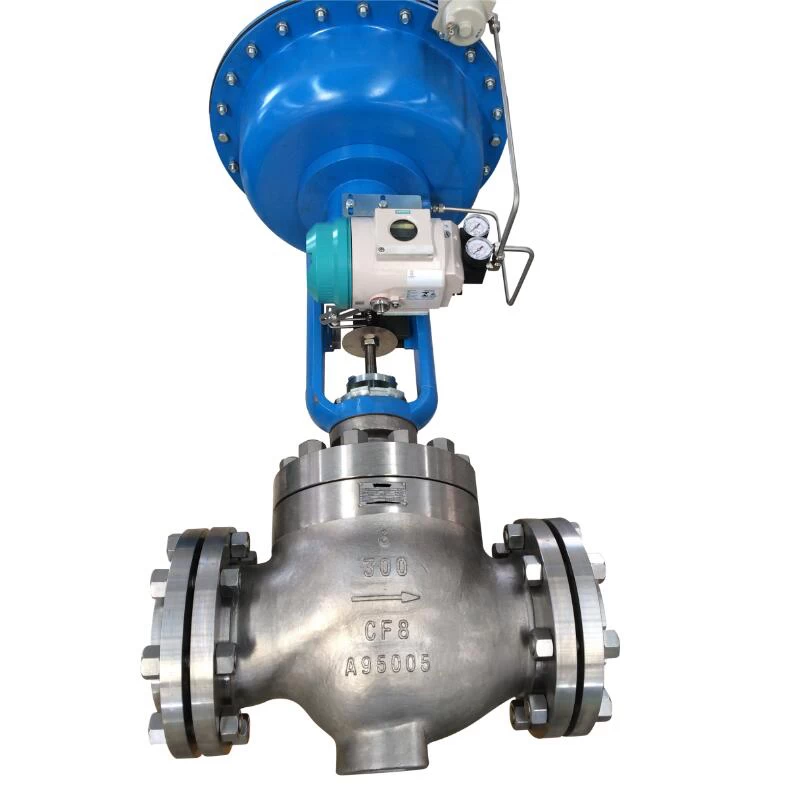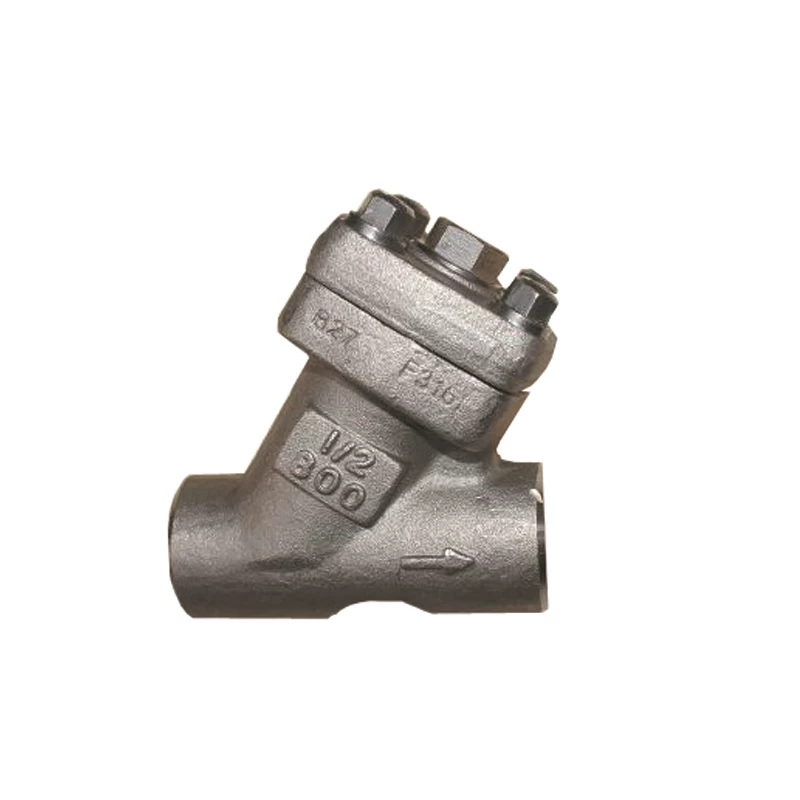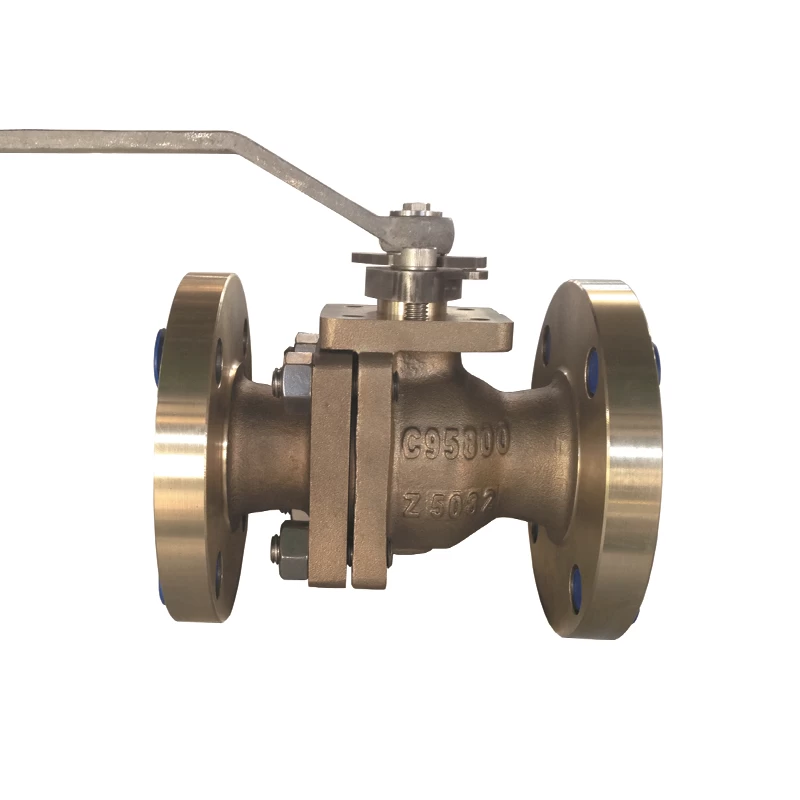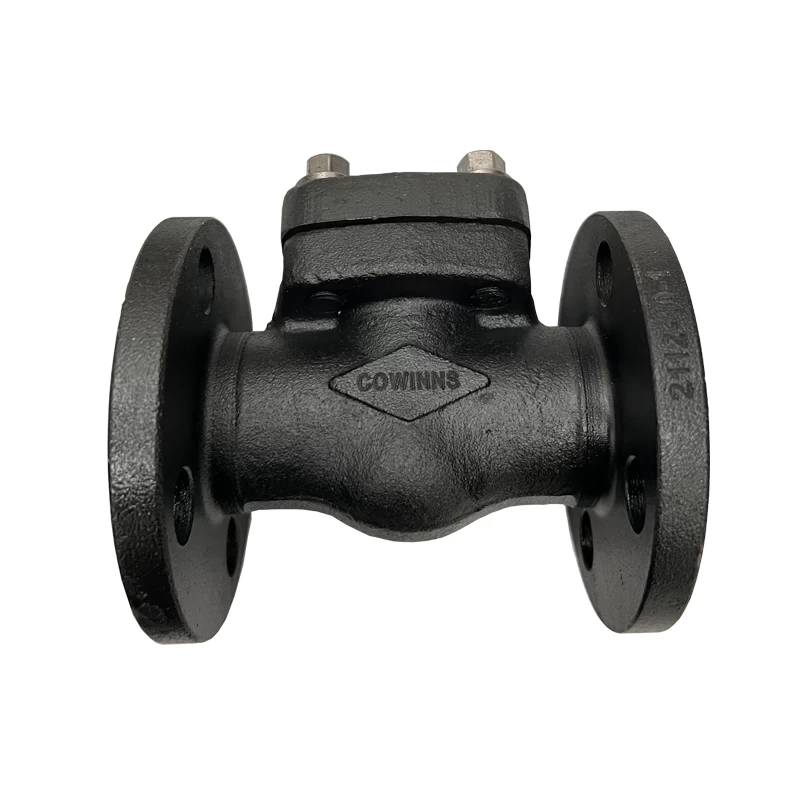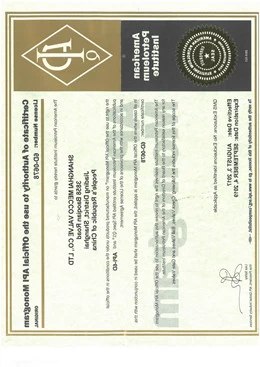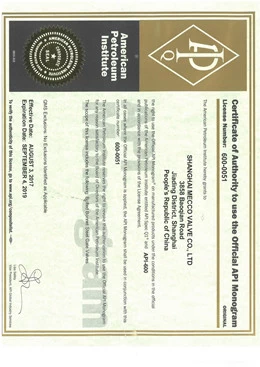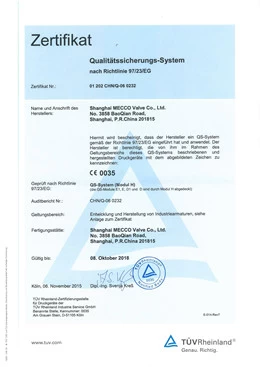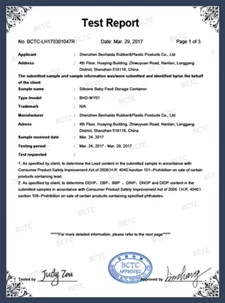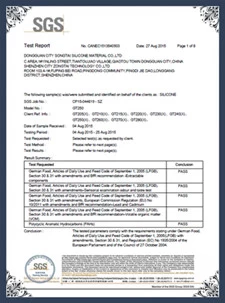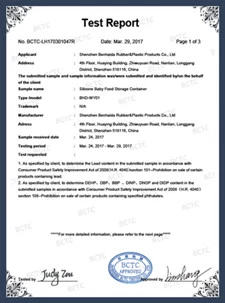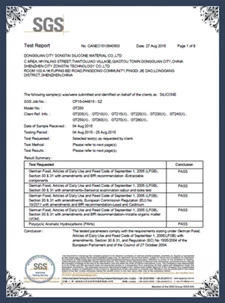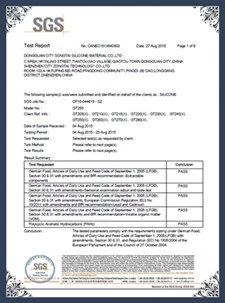Redundant Profinet increases plant availability
^ Approximately 20 AUMA actuators with integrated Profinet interface have been installed at the Marienheide wastewater treatment plant
Marienheide wastewater treatment plant (WWTP), Germany, has experienced re- markably high plant availability since installing redundant Profinet systems to integrate field devices. The plant operator is the Wupperverband, a large German water authority that operates 11 wastewater treatment plants, 14 reservoirs, a sludge incineration plant, and numerous flood retention and rainwater catchment reservoirs. Marienheide WWTP was the first Wupperverband plant to be equipped with Profinet technology at field device level.
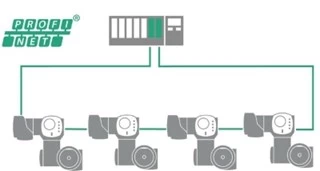
At Marienheide WWTP, the AUMA actuators are linked in a ring
topology with built-in redundancy using Profinet's
Media Redundancy Protocol (MRP)
Increased safety and easier handling
Since autumn 2017, around 20 AUMA actuators have been operating in a Profinet network at Marienheide WWTP. AUMA’s certified Profinet interface provides direct Profinet integration without the need for gateways, and meets the latest Profinet specification V 2.3. The interface allows bandwidths up to 100 Mbit/s and supports Profinet’s built-in redundancy concept, the Media Redundancy Protocol (MRP). At Marienheide, the AUMA actuators are installed in a ring topology using MRP. They are connected to the DCS via an intelligent switch. To support MRP, the AUMA interface incorporates a switch function with two physically separate Ethernet ports that provide two distinct communication channels to the host controller. If one port fails, communication continues automatically via the second port. All actuators therefore remain accessible even if the communication path is interrupted at one point on the ring.
“We expect high communication reliability due to the consistent use of Profinet at both control system and field level”, explains Dirk Gengnagel, Group Leader Engineering and Organization in the Urban Water Management division of the Wupperverband.
“Data and commands can be directly exchanged without any conversion; and Profinet’s integral Redundant Profinet increases plant availability redundancy function provides additional safety for plant availability. Furthermore, we expect savings and reduced proneness to faults since we can eliminate one bus level and require less hardware.”
UV-resistant standard Ethernet cables were laid and connected via field-assembled RJ45 connectors. “In the past, when using a classic fieldbus system, we often faced problems with regard to the physical layer, for example with wiring, termination, and EMC”, reports Peter Pietrus, Technical Planner for Electronic Engineering at the Wupperverband. Profinet considerably reduces these issues.
Intelligent networks and diagnostics
The Wupperverband also takes a positive view of Profinet’s potential in preventive maintenance and improved data exchange. While classic fieldbus systems are limited to sharing data made available via the fieldbus protocol, Profinet grants direct access to the diagnostic data from the AUMA actuator using a web browser, without overloading the DCS. A Field Device Integration (FDI) package is also available.
Using Profinet, important operating data such as temperatures and torque curves can thus be read from the actuator. This improves the chances of detecting potential issues at an early stage, allowing for condition-based predictive maintenance.
 +86 512 68781993
+86 512 68781993 